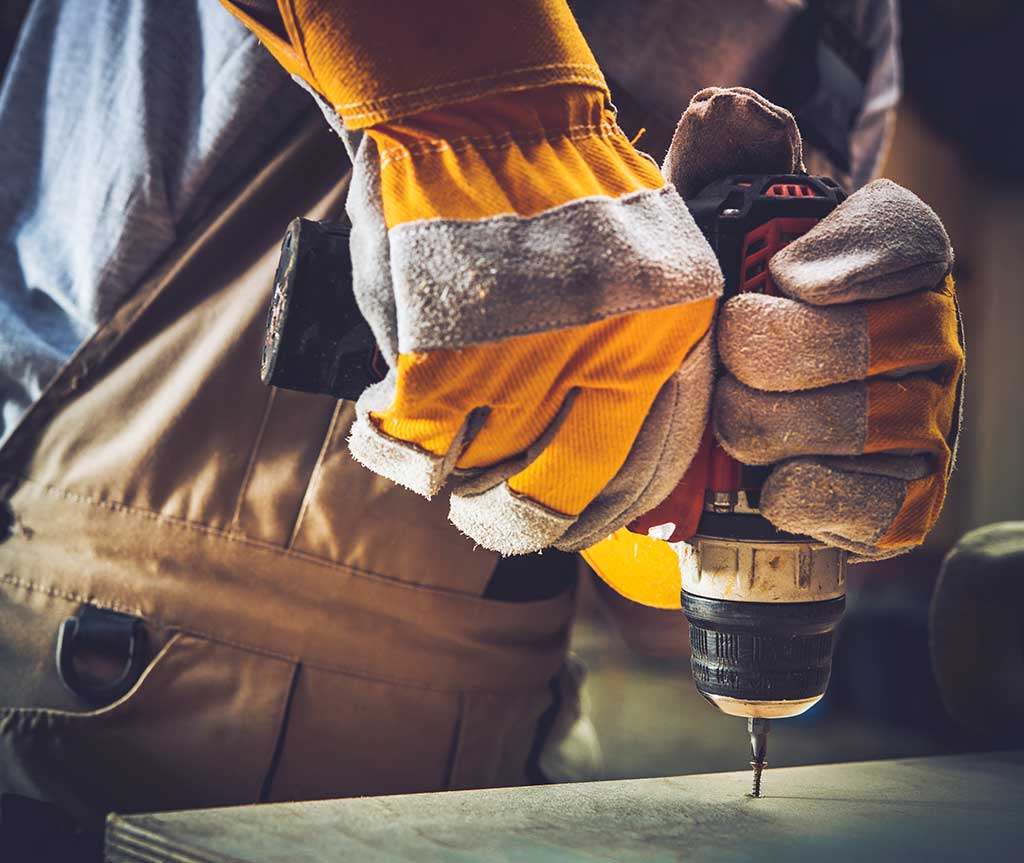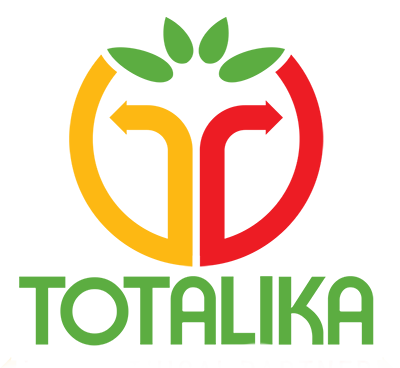Top Hazards to Avoid & Ways to Prevent Accidents in Manufacturing
Despite a marked increase in automation, human employees remain at the epicentre of the manufacturing industry. Here in today’s article, our safety experts show you how to reduce safety hazards in manufacturing.
The State of Manufacturing Today in India
While the manufacturing industry has come a long way in the last few decades, there are plenty of safety issues, yet to be addressed. Despite the global move towards automation, humans are still involved heavily in manufacturing. Right from handling hazardous materials to operating heavy machinery, they work in a risky environment. Additionally, with “Make in India” promoted aggressively, companies emphasize on productivity and aren’t worried about employee safety, thereby increasing the risks exponentially.
According to a report by the International Labour Organization, while only 222 fatal workplace accidents are reported every year in India, the ILO states that the actual number of accidents in the country could reach up to 40,000 per year.
“When manufacturers aren’t committed to safe work environments, they put both their employees and the business in jeopardy.”
So, what can a business do to ensure that all its employees are protected from safety hazards? Here are the top tips to get started on the path to safety in manufacturing:
- Safety should be the Priority of the Leaders

It all comes down to this – employees mirror the priorities of their boss. Even if employees are committed to safe practices, if their boss evaluates them only on the production output, then you can be pretty sure that employees will abandon safety practices quite soon.
To ensure that you have a safe working environment, safety should begin from the top. Make sure that your team leaders and managers prioritize safety. By doing so, they set the tones and values of the entire workforce, creating a safety culture throughout the environment.
- Hire Managers who Appreciate Safety

Another way to ensure workplace safety is to hire managers who value safety. Most injuries in the workplace are a result of the injured person not being aware of the best practices. It’s highly essential that manufacturers hire supervisors who are committed to creating a safe workplace.
- Establish Best Practices

While different types of accidents can occur in the workplace, the most frequent ones are falls, electrocutions as a result of improper handling of live machinery and body parts getting crushed in moving equipment.
To avoid these accidents, it’s essential that manufacturers provide employees with proper training before inducting them to the job. Additionally, the employer must ensure that all heavy-machinery is adequately serviced and updated.
- Use Easy-to-Follow Safety Procedures

To phrase it in simple terms, “The easier / less time-consuming a particular safety practice, the higher are the chances of employees following them.” Keep this mantra in mind while designing safety practices.
Let’s look at this with an example. Imagine an electrical disconnect that’s located at a distance of say, 500 feet from the equipment. The employee is bound to feel lazy to walk the distance to de-energize the equipment. On the other hand, if the switch is close at hand, say around 2 feet, there are higher chances of the employee using it without fail.
- Reinforce Safety

To ensure that your safety mechanisms are effective, you have to make sure that all the procedures are clear and straightforward. Additionally, you have to communicate the rules and procedures periodically, so that it sticks with your employees. Remember that safety is not something that you do once and forget all about.
To promote safety, you can reward both employees and supervisors on the basis of their adherence to safety. This serves as an incentive to others and motivates everyone towards a safe work environment.
Now, let’s take a look at the Six Major Safety Hazards in a Manufacturing Firm
- Chemicals
From leaking batteries to corrosive cleaning solutions, hazardous chemicals are present all over the workplace. Start by labelling all the chemicals correctly, to prevent accidental exposure. Additionally, post warnings and safety instructions in the vicinity of the chemicals.
Make sure that all your employees are aware of the evacuation plan in the case of an accident. Additionally, they should be trained in first-aid to ensure that the victim gets proper, immediate care in the unfortunate case of an accident.
- Falls
Apart from providing helmets, make sure that you provide employees working on raised platforms or ladders with fall-protection gear. Additionally, the rest of the team working on the ground should be trained to read safety signals given by the employee from above.
- Heavy Machinery
Carelessness when handling heavy machinery like factory vehicles, forklifts prove fatal not only to the operator but also to those in the vicinity. Make sure that all heavy machinery is accessible only to authorized personnel.
Make sure that people who operate the machinery watch out for other employees nearby. Also, employees in the vicinity must be trained on how to get the attention of the operator in case of an emergency.
- Fire
Heavy machinery engines, welding equipment, electrical wires all pose fire risks at a manufacturing facility. To reduce the chances of fire accidents, make sure that all safety equipment like fire extinguishers are easily accessible and well-marked. Regular inspection is a must for smoke detectors and other fire prevention equipment.
For a detailed guide on how to conduct an electrical safety audit at your workplace, click here.
- Confined Spaces
This is a space where the oxygen levels reduce quickly. It can be anything like an enclosed glass room, a tank or vat. Since suffocation occurs instantly and can choke a victim within seconds, the best way to safeguard your employees is with the help of proper education.
Begin by teaching employees what’s a confined space. Then, the next step is to make sure that they work in pairs so that they can reach to the other person in case of danger. Additionally, provide employees working in confined spaces with facemasks, harness or other protective equipment.
- Non-Employees
Yes, one of the biggest dangers to employees in a manufacturing facility is the people who shouldn’t be there in the first place. Make sure that you keep all working areas off-limits to visitors, customers and others who don’t have the proper training or equipment. Also, employees working in one section of the facility must not enter another area.
Post clear warnings around the facility, stating that “Trespassers are strictly forbidden.” Keep in mind that this rule applies to all, including family members, friends, and even business partners.
After all, “Safety isn’t something where you can afford to take risks.”
The Last Word
Make use of the simple tips listed here to ensure that your manufacturing facility is protected from Hazards. For customised solutions and safety audits, get in touch with our team of safety experts at Totalika. Give us a call @ +91-124-6613137 or mail us @ support@totalika.org to begin your Relationship with Safety.

